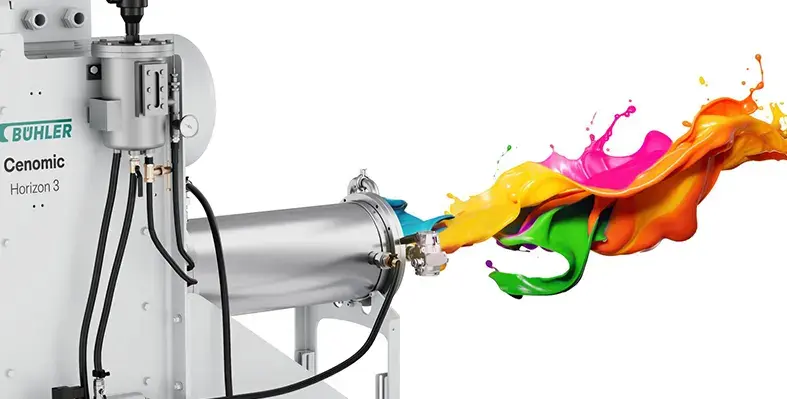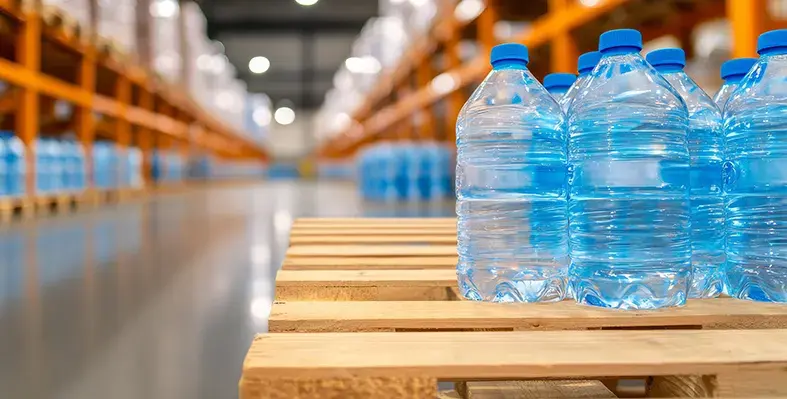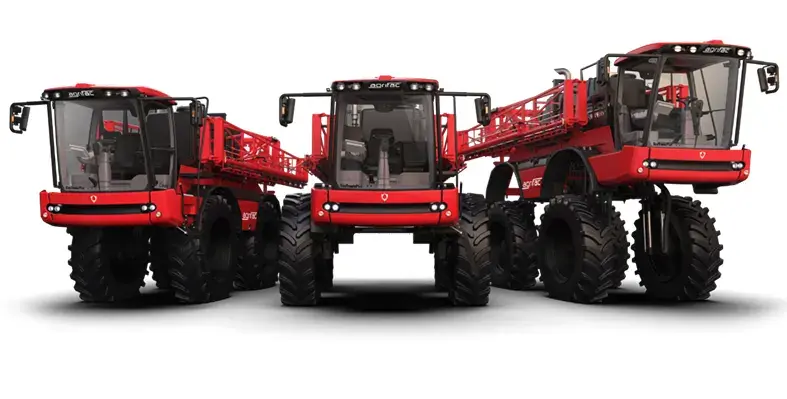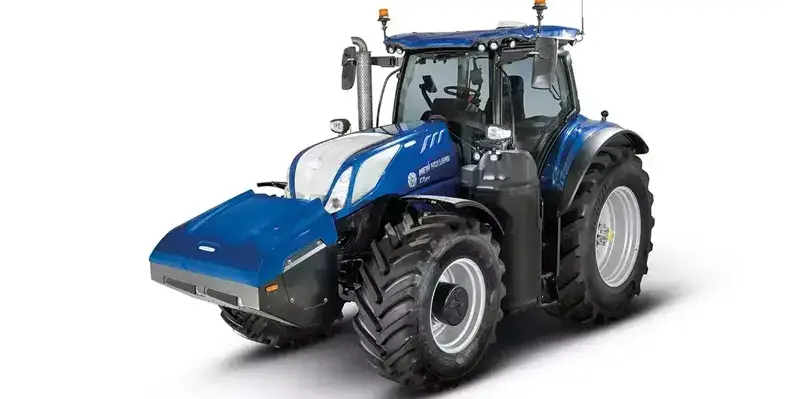Bühler has officially launched the Cenomic Horizon 3, a powerful addition to its wet grinding portfolio, aimed at transforming energy efficiency, product quality, and throughput for industries that rely on fine grinding and dispersion
Designed with the needs of sectors such as paints and coatings, printing inks, and agrochemicals in mind, the new bead mill offers a smarter, more sustainable solution for processing solids into liquids.
Unveiled globally from Bühler’s headquarters in Uzwil, Switzerland, Cenomic Horizon 3 is equipped with a 20-litre active chamber and 30-kilowatt drive power. This state-of-the-art machine represents a leap forward in processing technology, offering precise temperature control, reduced wear, and greater application flexibility. As explained by Patrick Schwager, Bühler’s Product Manager for Grinding & Dispersing, the new model is engineered to handle temperature-sensitive materials with improved stability, giving operators more confidence and control in production.
Significant design improvements are at the core of Cenomic Horizon 3’s performance. A newly optimised grinding chamber and an advanced bead separation system ensure efficient product flow and bead distribution. The integration of a silicon carbide inner liner dramatically improves thermal conductivity, enabling efficient cooling during continuous high-power operation. Pilot trials have shown that Cenomic Horizon 3 can reduce outlet temperatures by up to 15°C and increase flow rates by 20%, while also achieving energy savings of up to 30% compared to previous versions.
The mill also incorporates Bühler’s Premium V4 automation platform, offering digital control over recipe management, real-time performance monitoring, and predictive maintenance. This intelligent interface improves process safety, reduces downtime, and supports operational efficiency.
Cenomic Horizon 3’s versatility is one of its most attractive features. It is compatible with a wide array of formulations from primers and finishes to pigment concentrates and agrochemical suspensions enabling manufacturers to adapt quickly to changing demands without compromising on quality.
For current customers, retrofit kits are available, allowing upgrades to existing Cenomic 3 and Optima 3 systems. These modular enhancements expand process capabilities through a redesigned chamber and updated screen technology, offering a cost-effective path to modernisation.
Bühler is also providing hands-on access to the Cenomic Horizon 3 through its application centres in Switzerland, China, and Japan. These facilities offer full-scale testing environments where customers can run trials using their own formulations, fine-tune grinding parameters, and validate performance before making investment decisions.
With additional sizes set to roll out in the future, Cenomic Horizon 3 marks a bold step forward in Bühler’s mission to deliver innovative, energy-smart grinding solutions to global markets.












